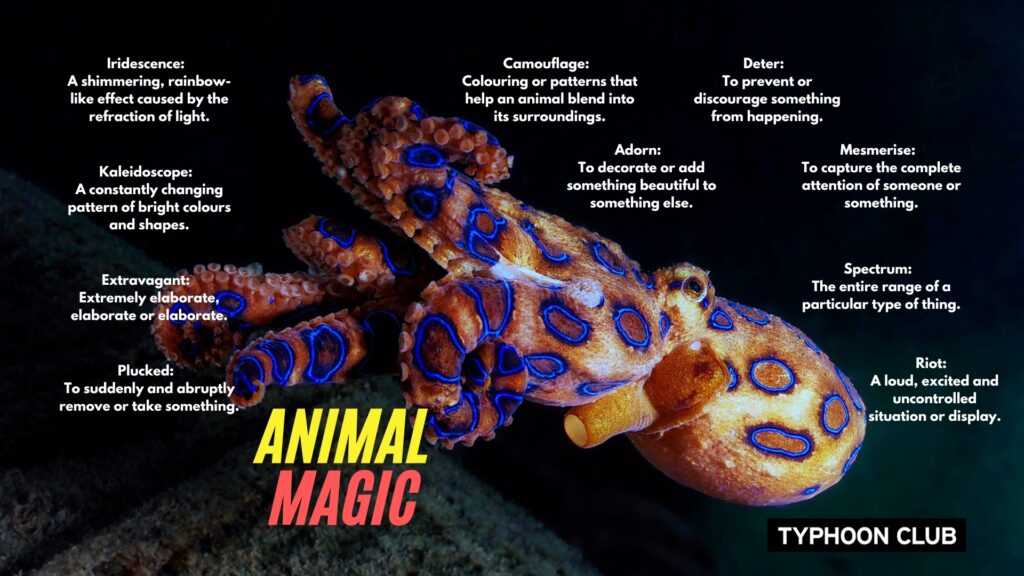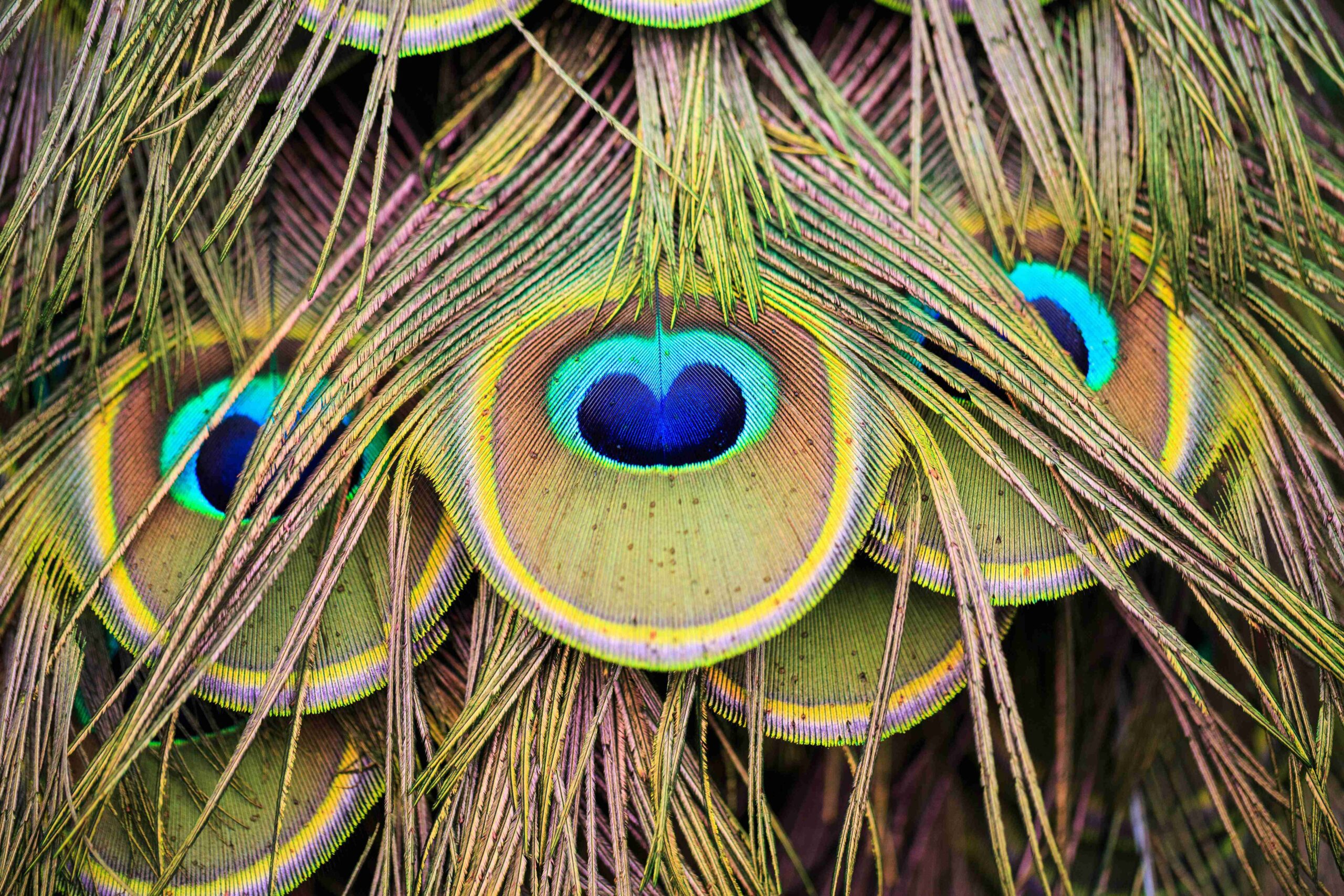
The natural world is full of animals with astonishing colour and patterns. Some of the most fascinating examples include the peacock, mantis shrimp, mimic octopus and cuttlefish.
Peacocks are renowned for their extravagant tail feathers, which can span over 1.5 metres. When displayed, the tail transforms into a shimmering kaleidoscope of blues, greens, golds and bronzes. This flamboyant plumage helps peacocks attract mates.
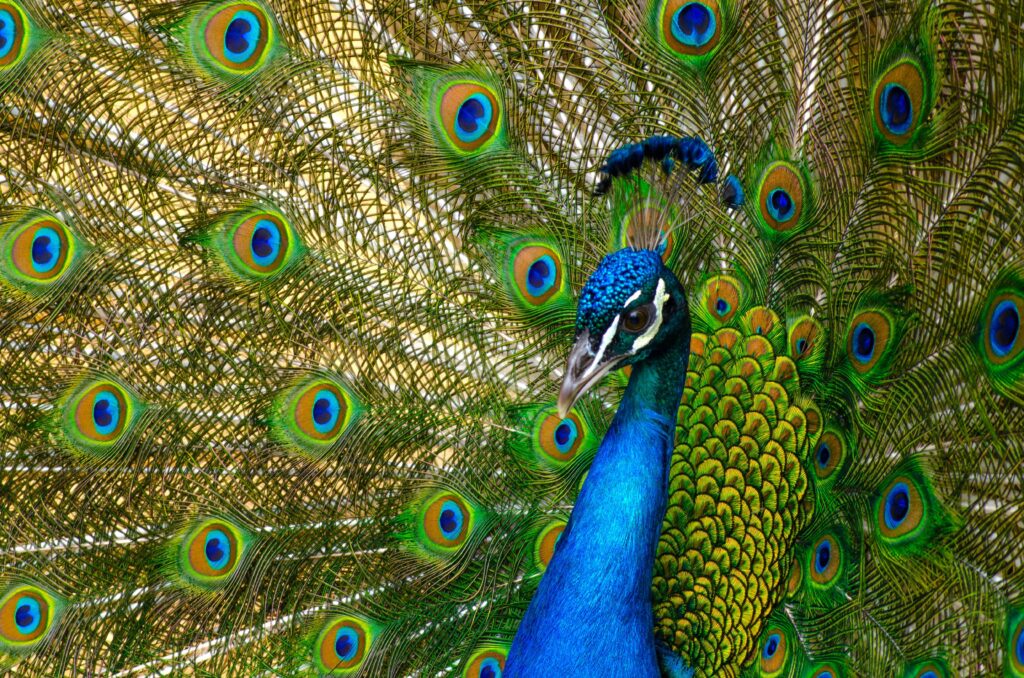
Mantis shrimps have the most complex vision of any known animal. Their eyes can perceive a much broader spectrum of colours than humans, including ultraviolet and polarised light. Mantis shrimps’ bodies are adorned with a dazzling array of vibrant hues: neon pink, electric blue, gleaming emerald green.
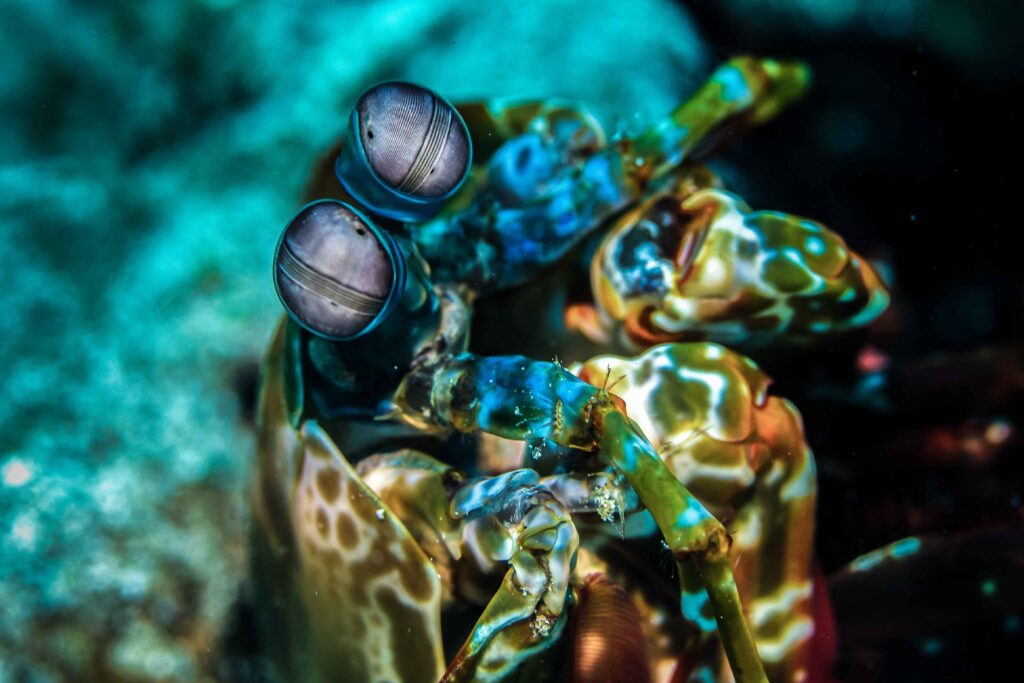

In contrast, the mimic octopus is a master of camouflage. When threatened, it can instantly change the colour and texture of its skin to impersonate over 15 different species, including sea snakes, lionfish and shrimp. This allows the octopus to deter predators and avoid detection.
Similarly, cuttlefish can cycle through an array of patterns and colours. They have special skin cells called chromatophores that expand and contract to create dynamic displays. Cuttlefish use these captivating colour changes to communicate with each other.
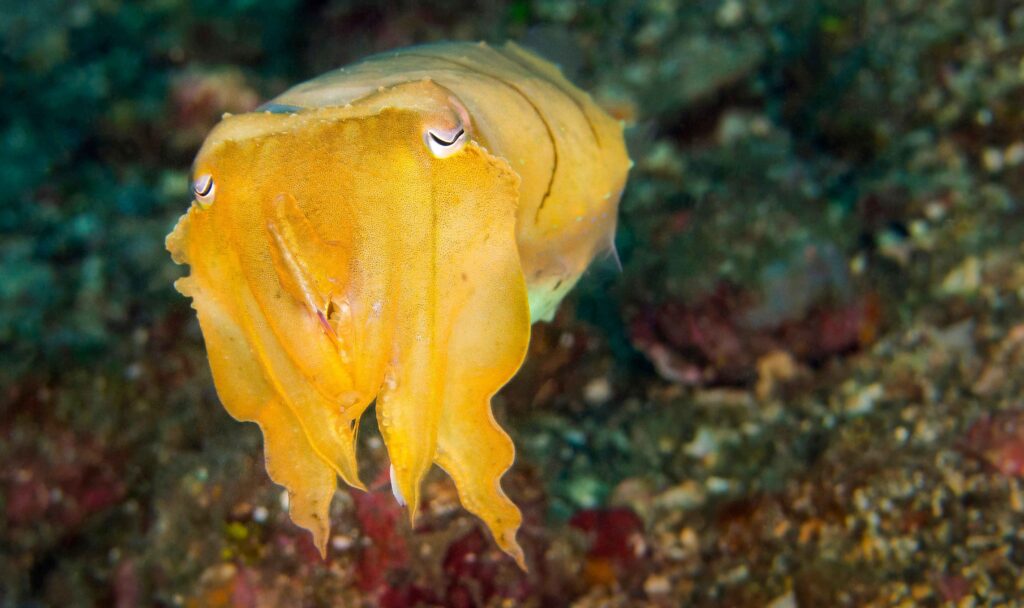
From glowing deep-sea creatures to colourful tropical frogs, the natural world is a riot of astounding colour and patterns. While these adaptations serve different purposes, they all highlight the incredible diversity of life on our planet. The most mind-bending animal colourings and patterns seem to have come straight from science fiction.
More examples of animal mimicry are here:
QUESTION:
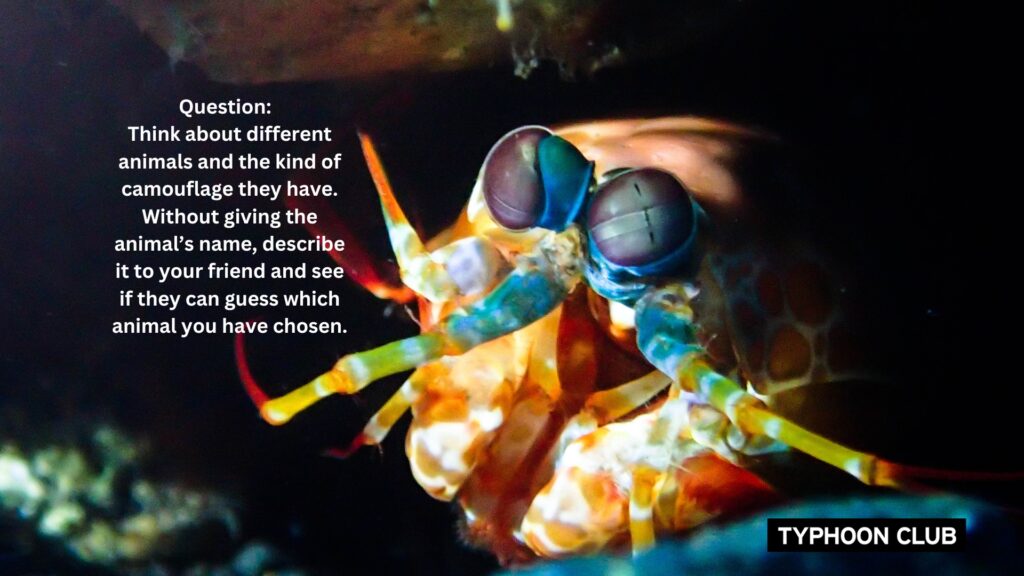
VOCABULARY:
